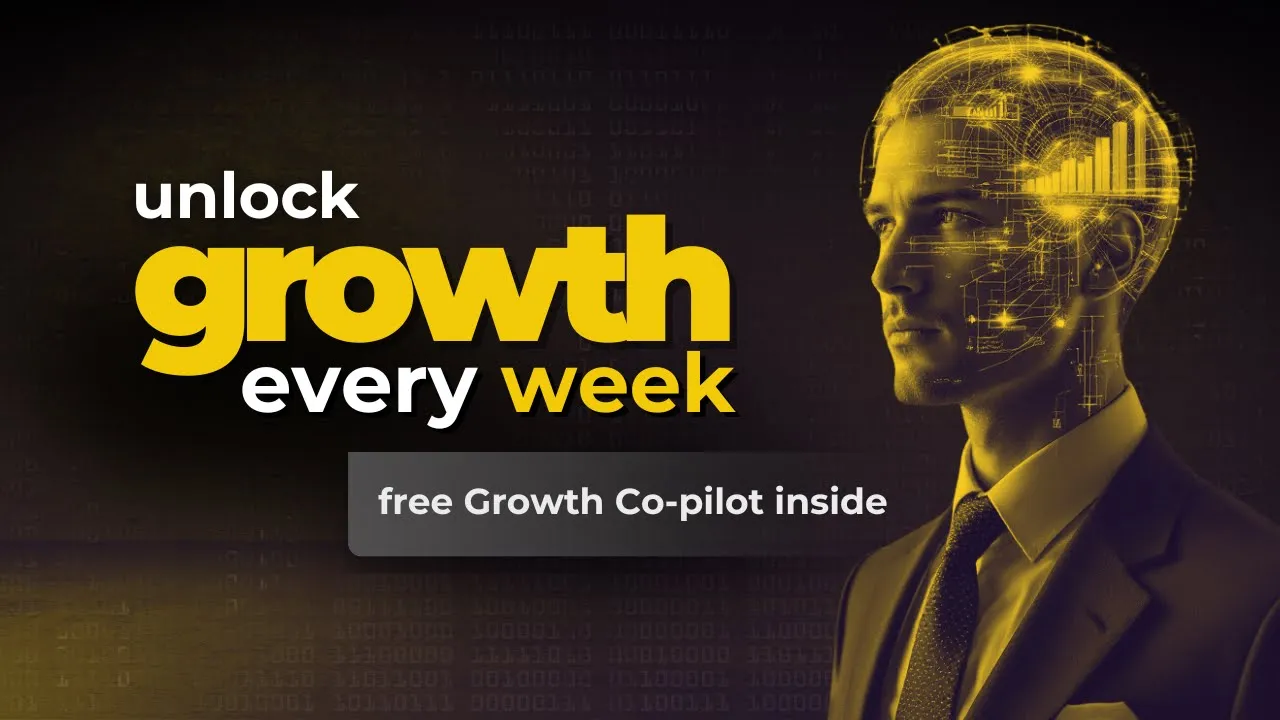
If you're a product-led company, your goal is to create the best product for your customers. And what better way to do that than understanding exactly what the customer wants?
Many product-led companies don’t often leverage the wealth of information that client-facing teams have access to, largely due to organizational reasons.
In this article, you will learn how fostering collaboration between these teams has yielded success for monday.com.
We’ll touch on:
- Why Product and Customer success often do not see eye-to-eye.
- Three principles that align Product Management and Customer Success.
- How to promote transparency between Product and Customer Success.
- How Monday.com encourages collaboration across the teams.
- The benefits of collaborative teams for product quality and adoption.
- Key Takeaways for Product Managers.
First, let’s talk about monday.com.
Monday.com is an international software company founded in 2014 and spearheaded the category of work operating systems (i.e., Asana, Smartsheets, Notion, and Basecamp).
These tools help teams of any size manage and process workflows while integrating dozens of tools. These systems integrate and input information seamlessly into monday.com, as well as automate manual activities.
Now, let’s get into it.
Why Product and Customer Success teams often do not see eye-to-eye
Product and Client-facing teams (a.k.a. Customer Success) do not often collaborate for two main reasons:
- Differences in role and function
- Lack of transparency.
Here’s an in-depth explanation of what these issues tend to look like:
Difference in role and function
Customer Success Management (CSM) can go well beyond the scope of the product itself: It often involves creating relationships, platform adoption, and contextualizing ROI for customers.
In contrast to CSMs, the Product team tends to focus on making the best possible product. Because of these differences in roles, there are areas where both teams do not overlap. This affects the KPIs each team measures.
As a result, there is often a lack of alignment.
That said, these two teams overlap more than we would think.
Lack of Transparency
A lack of transparency about product releases often causes friction (and sometimes even resentment) from the CSM team toward the Product team.
CSM often feels like they are not heard or don’t listen to suggestions that may improve the product. This can create that distance between the teams.
Three principles that align Product Management and Customer Success.
Three core principles can help align these two teams.
1. Get clear on KPIs
KPIs are an amazing managerial tool that helps shape the behaviors and decisions that people make on a day-to-day basis.
If you are clear on the best KPI for a specific group, you can be assured that managers will guide their respective teams to make the right decisions to optimize for those KPIs.
2. Find a KPI that unites the Product and Customer Success teams
Look for KPIs that cross all the domains. These will be the gold standard for what impacts customer Success, Marketing, Product, and Research and Development.
For example, we found that our Weekly Active Usage metric was a KPI that tied CS and Product together.
We also started to notice other sub-KPIs that had a high correlation with the weekly active usage. These sub-metrics were useful to different departments. When you see the relations between these sub KPIs, it's easier to create a North Star that aligns different teams.
3. Finding what drives value for our customers.
Make sure you’re delivering value to end-users and that it correlates with your goal as a company. This often evolves over time.
Revisiting the Weekly Active Usage metric, we defined it as a set of events and actions that a user takes in the system.
With the Weekly Active Usage metric, we saw a clear correlation between our customers deriving value from our product, if they're using it at least on a weekly level, and now we've even expanded it to monthly usage of Monday.com.
How to promote transparency between Product and Customer Success.
As mentioned earlier, lack of transparency is the second reason the Customer Success and Product teams do not often see eye-to-eye.
Here are three methods you can use to promote transparency.
1. Share everything: When you make changes, you should broadcast, document, and explain the ‘why’ surrounding each change. Monday.com has about 800 employees worldwide, and we explain even the smallest incremental change.
For example, if we change a button from blue to orange, we use our own platform to broadcast the information explaining why the button changed.
2. Back up changes with data: make sure everyone in your organization understands why you made a particular decision. Usually, the developer or the person who created the product takes ownership of this explanation and provides the relevant information, so It's clear to everybody why a certain decision was made.
3. Find a clear, repeatable system of broadcasting this information: This may be a tool like Slack or any other collaboration tool. If you're a small startup working in an office together, get into the habit of explaining every little change and every little feature.
How Monday.com encourages collaboration across the teams
When people work together, they often come to form relationships naturally, but you actually need to create the framework and the infrastructure to get these people to collaborate.
Here are three ways we encourage collaboration at monday.com.
Cross-functional Domains
Our products are divided into different categories called domains. These domains involve a Product Manager who leads a group of designers and developers around a specific mission statement specific area in the product.
In addition to the group, we have a Customer Success Ambassador that works with the team. This person has a day job working with customers, but they also work with the domain.
The Customer Success Ambassador is responsible for two tasks:
- They bring information from customers into the domain. This means they have a clear understanding of the voice of the customer.
- They are subject matter experts in this specific domain and enable everybody who is client-facing around the product area.
As a result, the Research and Development folks can get much closer to the voice of the customer while the client-facing teams have access to the subject matter expert.
It's expensive to dedicate so much time from individuals answering support tickets and interacting with customers, but it’s 100% worth it.
The benefits of collaborative teams for product quality and adoption
There are three core benefits of if you can solve the problem of collaboration.
1. We are able to track the source of problems within delivered features.
The decreasing number of support tickets around a specific area often reveal the power of these collaborative teams.
Bugs or user dissatisfaction are an indication that a feature is of poor quality, which often affects its scalability.
By analyzing and tagging every support ticket we received with the area of the product and the nature of the question, Research & Development has an idea of what they should try to improve. So when we solve the problem relating to that specific feature –whether it's discoverability, the bugs, or maybe it's at a feature request –we see a decrease in support tickets.
It's incredible when those customer support tickets decrease and minimize to zero!
2. The customer support teams feel heard and are guided to prioritize appropriately.
Having a Customer Success ambassador within each domain is key because it creates trust between CSM and Product.
Additionally, having a sales member is another kind of voice that always needs to be heard.
Sometimes new deals are prioritized over your existing customers. How many companies have closed a specific feature to make an amount of money? You want to give an important voice to the sales team to have in terms of closing new revenue for the success of the business.
If you're in customer success, here are some proactive ways to get your voice heard:
- Ask Product questions.
- Ask about what information would be most beneficial.
- Ask them what information is missing.
- Ask about the type of data they need.
- Ask how they want to consume the data and view feedback (i.e., graphs, reports).
3. We are able to track the amount of revenue impact that the voice of the customer has on our company.
We are able to measure the amount of revenue that different product increments are affecting in existing customers upgrading, which prevents customers from churning. CSMs are able to say, “we're going to lose X amount of revenue if we’re not delivering this feature.” And this time, somebody's actually listening to them.
Key Takeaways for Product Managers
- Transparency: Be clear and transparent about your current priority as a business. This way, client-facing teams know the current priority of the business and can make an impact with their feedback.
- Collaboration: Client-facing teams are sitting on a wealth of knowledge, so listen to them. This is a marathon, not a sprint. Take your time because the number of feature requests and feedback will be overwhelming.
- Feedback: Ask for feedback concerning the area you are prioritizing, and the information will come. This serves the dual purpose of broadcasting priorities to client-facing teams so that they can contribute to what matters and also feel heard which creates a more healthy collaboration.
As your company becomes more product-led, it will become abundantly clear how detrimental silos are to product-led growth, especially in regards to Product and CSM.
Integrate your teams and encourage them to learn from one another and enjoy the limitless possibilities as you implement your learnings.






















